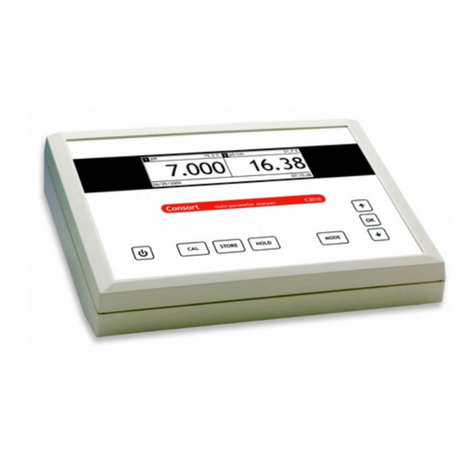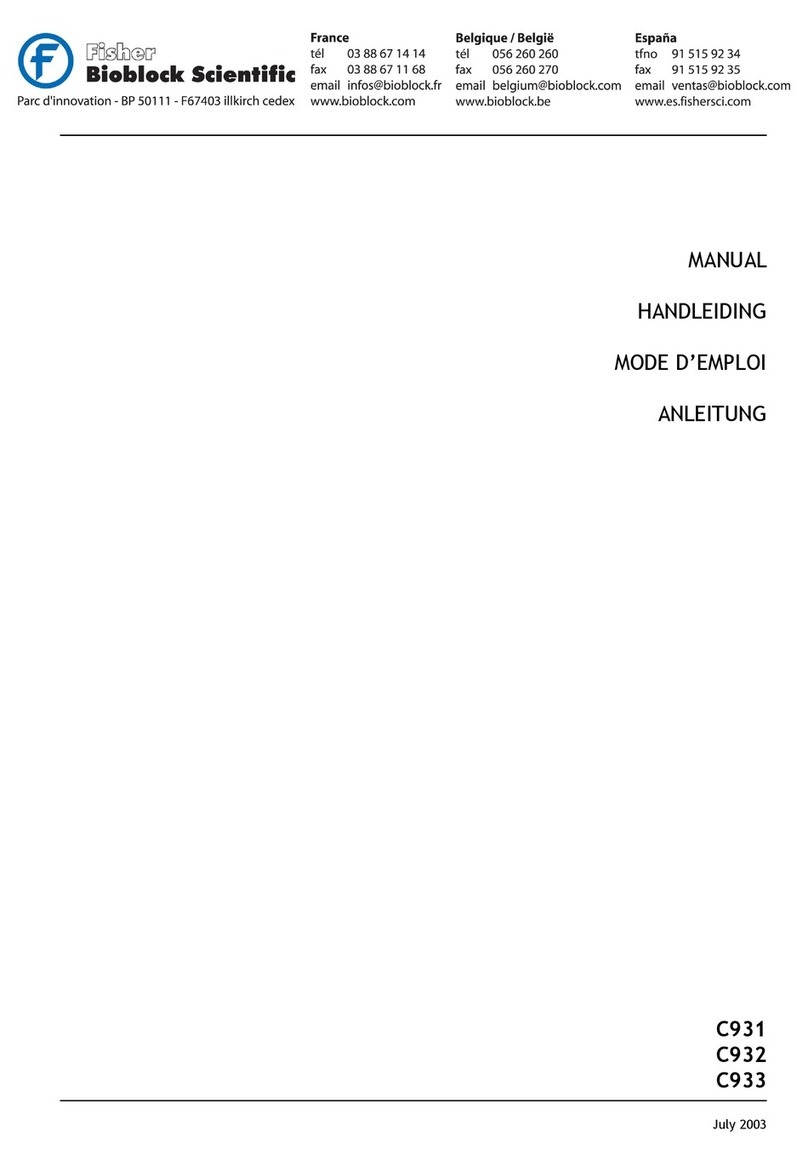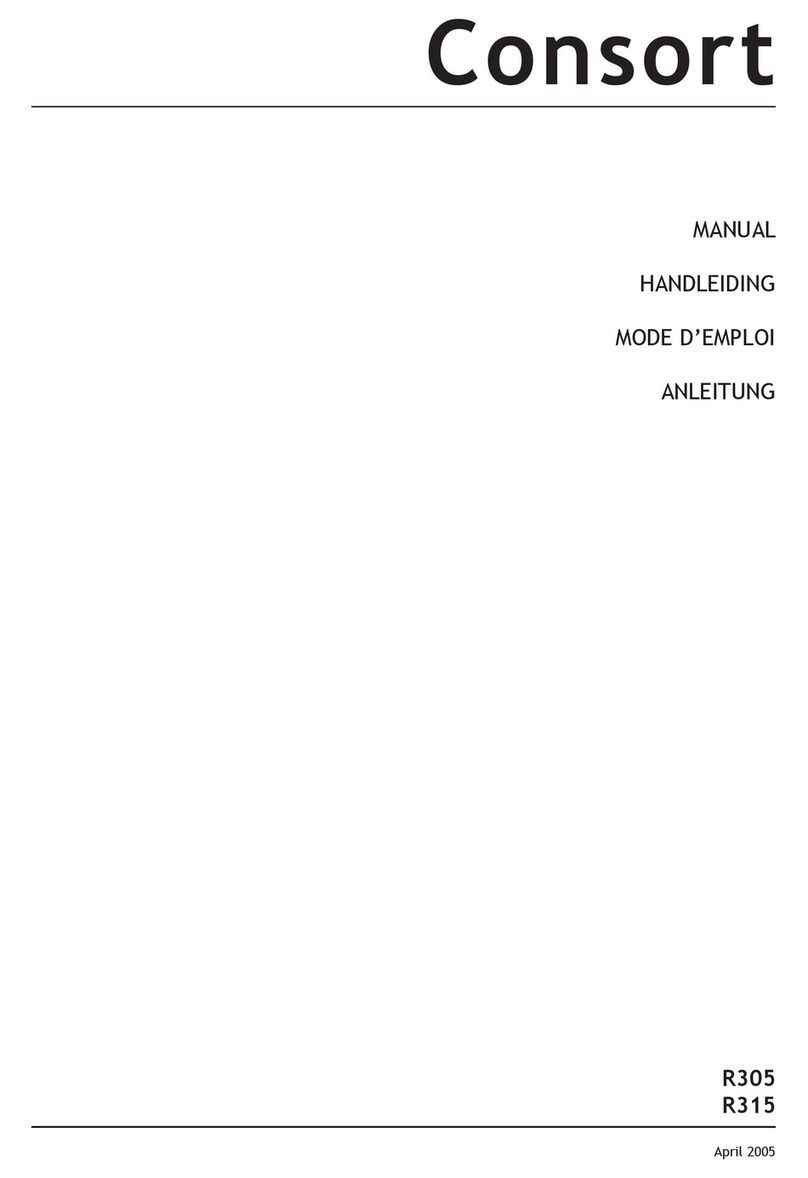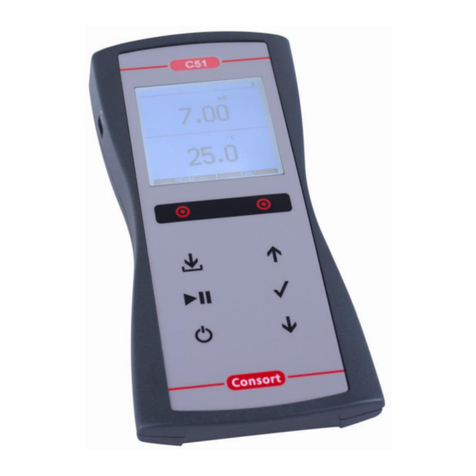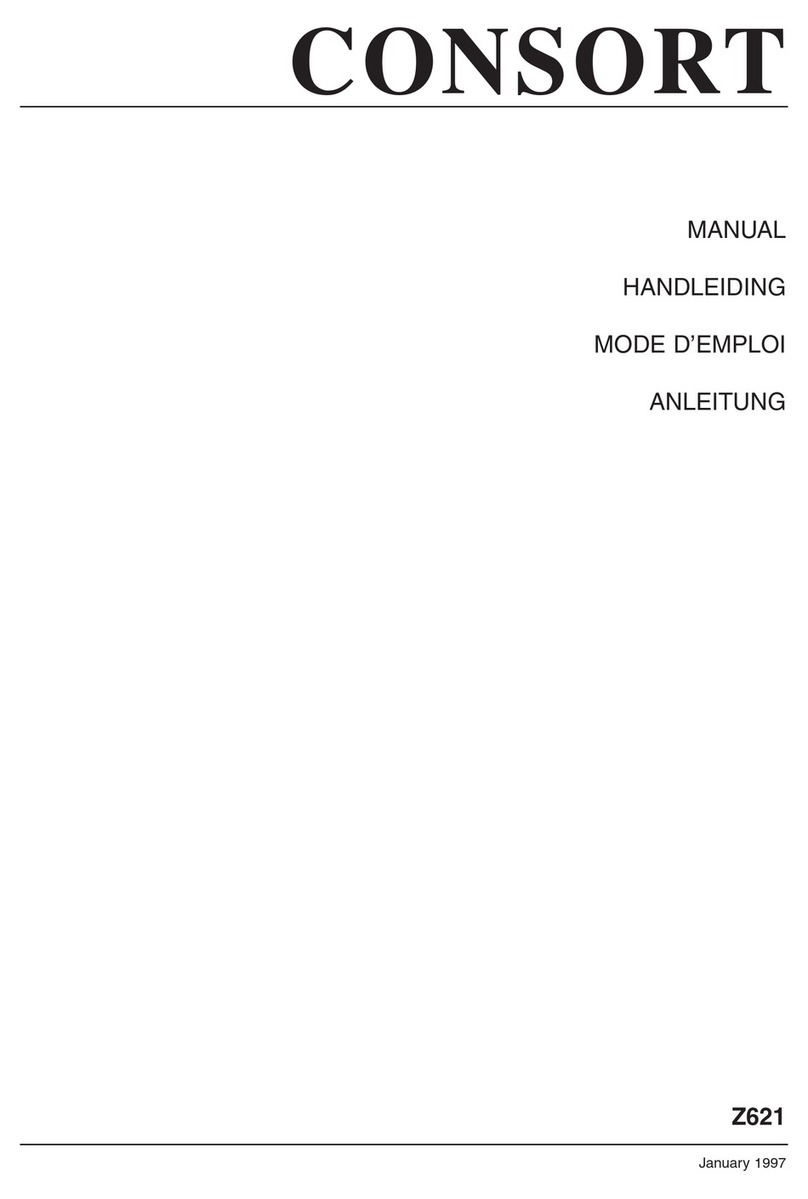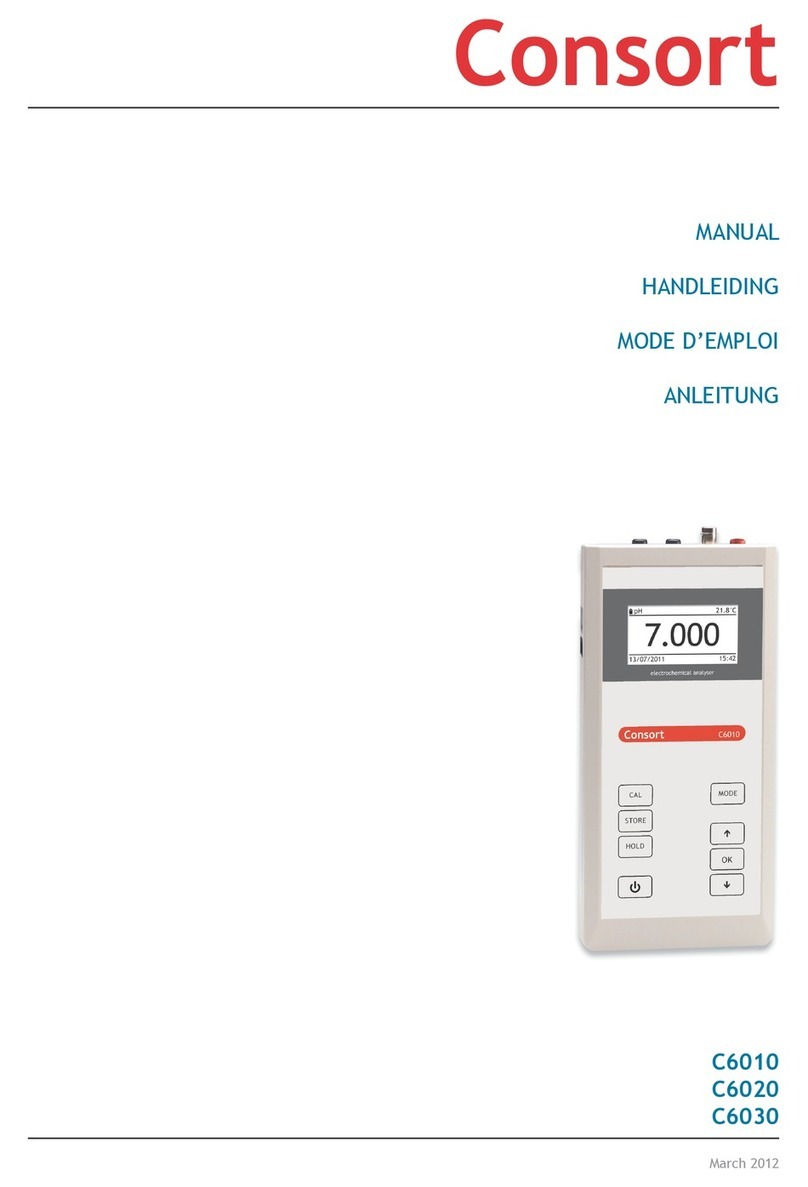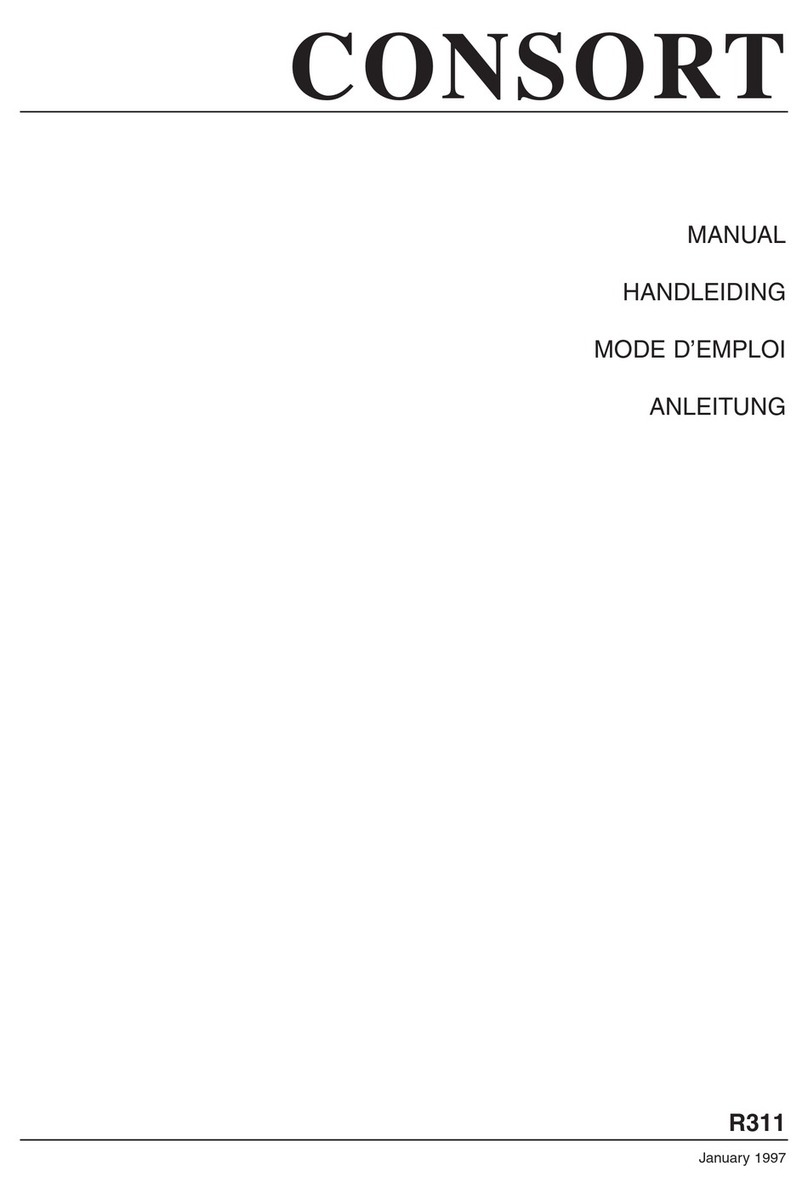
Inhaltsverzeichnis
Hersteller ......................................... 25
Service............................................. 25
Netzadapter ...................................... 25
Bedienungsfeld ................................... 25
Einführung ........................................ 25
Garantie ........................................... 25
Computer Interface ............................. 26
System ............................................. 26
Datum und Zeit .................................. 26
Schreiber .......................................... 26
Eingänge........................................... 26
Schreiberausgang ................................ 26
Digitalausgang .................................... 26
Kennwort .......................................... 26
Wichtig ............................................ 27
pH-Messung ....................................... 27
mV-Messung....................................... 27
rH2-Messung ...................................... 27
Temperaturmessung ............................. 27
Leitfähigkeitsmessung........................... 28
Resistivität-Messung ............................. 28
Salinität-Messung ................................ 28
TDS-Messung ...................................... 28
µW-Messung ....................................... 28
Gelöster-Sauerstoff-Messung................... 29
%O2-Messung...................................... 29
Luftdruckmessung ............................... 29
Prinzip ............................................. 29
Störungen ......................................... 29
Wartung der pH-Elektroden .................... 30
Wartung der Metallektroden ................... 30
Wartung der Leitfähigkeitsmeßzellen ........ 30
Wartung der Sauerstoffelektroden ............ 30
Ionenmessung..................................... 31
GLP................................................. 31
Kalibrierwarnung................................. 31
Datenverarbeitung............................... 32
USB ................................................. 32
Alternierende Messungen....................... 32
Table de matières
Préface ............................................ 17
Fabricant .......................................... 17
Garantie ........................................... 17
Service............................................. 17
Adaptateur secteur.............................. 17
Le clavier ......................................... 17
Branchement ..................................... 18
Sortie enregistreur .............................. 18
Sortie numérique ................................ 18
Interface ordinateur............................. 18
Système ........................................... 18
Date et Heure .................................... 18
Enregistreur....................................... 18
Mot de passe...................................... 18
Important ......................................... 19
Mesure de pH..................................... 19
Mesure de mV .................................... 19
Mesure de rH2 .................................... 19
Mesure de température......................... 19
Mesure de conductivité ......................... 20
Mesure de résistivité ............................ 20
Mesure de salinité ............................... 20
Mesure de TDS.................................... 20
Mesure de µW .................................... 20
Mesure d'oxygène dissous....................... 21
Mesure de %O2 ................................... 21
Mesure de pression d'air ........................ 21
Principe............................................ 21
Interférences ..................................... 21
Entretien des électrodes de pH ............... 22
Entretien des électrodes métaliques ......... 22
Entretien des électrodes de conductivité ... 22
Entretien des électrodes d'oxygène........... 22
Mesure d'ions ..................................... 23
BPL ................................................. 23
Avertissement d’étalonnage ................... 23
Collecteur......................................... 24
USB ................................................. 24
Mesures alternées................................ 24
